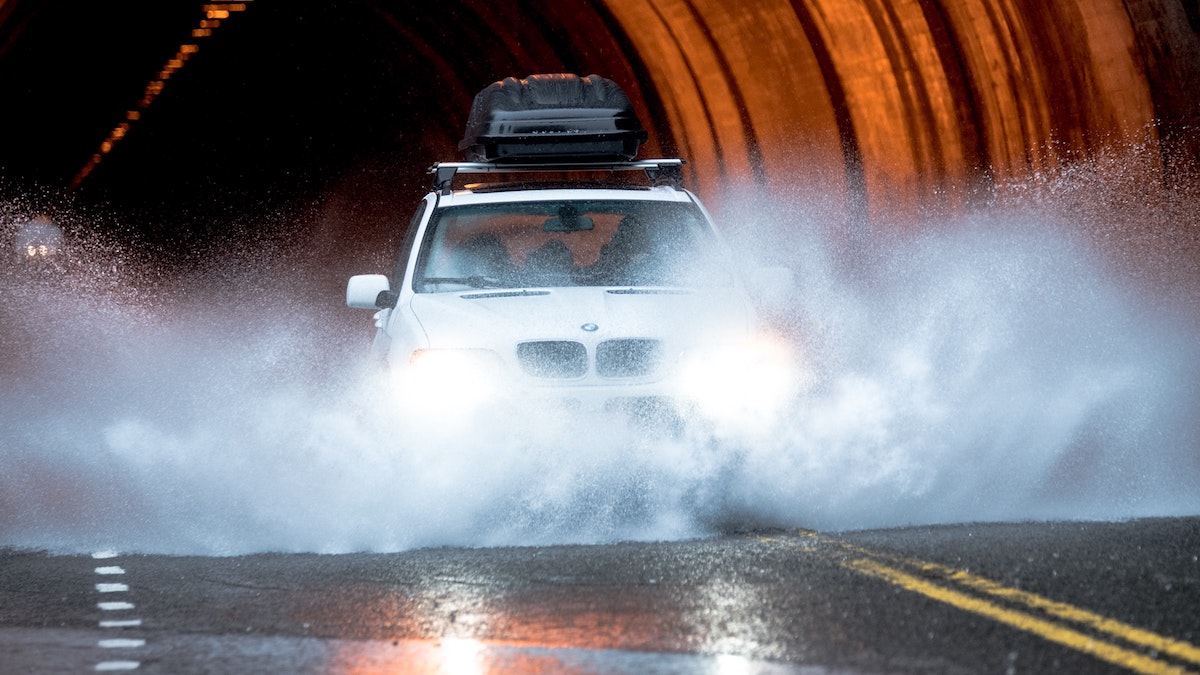Floods bring bad things. Avoiding flood-damaged cars.
Recently, the East Coast – including the Pennsylvania and New Jersey areas where we have stores – has seen extensive flooding.
Car Shopping
While we’re helpless to prevent the tragedies we see on the news, there’s one negative consequence we’re hoping we help you avoid: a flood-damaged car in your garage.
You know the cars you see submerged on the 6pm news? About half of them make it back onto dealer lots, often hundreds of miles away from where the flood occurred. These damaged cars are spruced up in such a way that most customers can’t tell on initial inspection, but there are hidden dangers. Moisture can affect the car’s fluids, mechanical parts and electrical system, unexpectedly shorting out safety features like airbags and anti-lock brakes weeks or even months down the road. Or flood moisture can appear later as rust – or worse, as mold or mildew, which can aggravate allergies and asthma.
At CarShop, we scrupulously avoid selling flood-damaged cars. In addition to checking vehicle history reports, here are some of the steps we take as part of our thorough 109-point inspection process:
- Lift the floor mats and feel the carpet for wetness
- Put your hand under the driver and passenger side seats and push down, checking again for wetness
- Check under the hood for waterlines
- Check in the spare tire well for wetness
- If possible, peek behind the inner fender liners for excessive debris
- Check under the carriage for water lines or mud and debris
- If the interior smells of mildew or wet dog, dig deeper
If you’ve already bought a car you’re worried might be flood-damaged, our ASE-certified technicians can give you the best advice. And if you‘re about to buy, a gentle reminder that CarShop is the safest place to go.